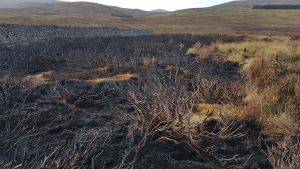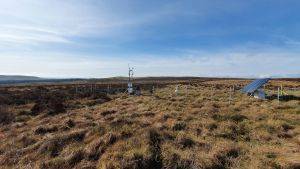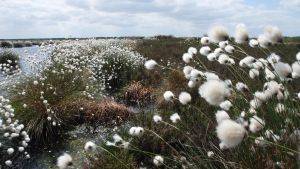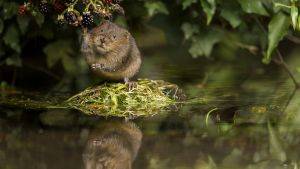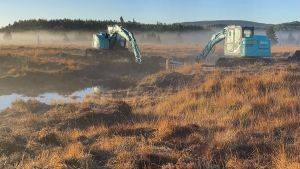A new video explaining the impacts of draining peatland on carbon emissions, hydrology & peat structure is now available.
Carbon emissions from 1 hectare (about the size of a football field) of damaged peatland, where the water table has dropped 50cm below the surface, is between 5 - 15 tonnes of CO2 equivalents per year1 - the same as the total carbon emissions from between 2 - 7 cars every year2. With 3 million hectares of peatland3 in the UK we must act now to restore and protect them.
The effect of peatland drainage on surface subsidence and carbon loss continues as long as drainage persists. Peatland restoration works, including drain blocking, is needed to halt this loss and restore healthy functioning peatlands.
Measuring ground-level movements (subsidence) as well as the behaviour of the water table is vital to understand the condition of a peatland (see Eyes on the Bog Initiative for methods of monitoring).
[Recommended volume setting = 50%]
This video is part of a suite of training materials produced by the University of East London and the IUCN UK Peatland Programme, working in partnership for peatlands.
2 The society of motor manufacturers and traders. New Car CO2 Report, 2017.
3Commission of Inquiry State of UK peatlands report

